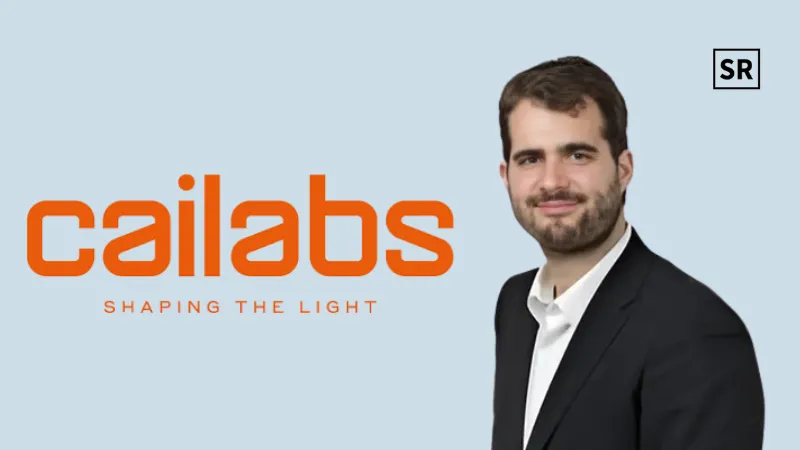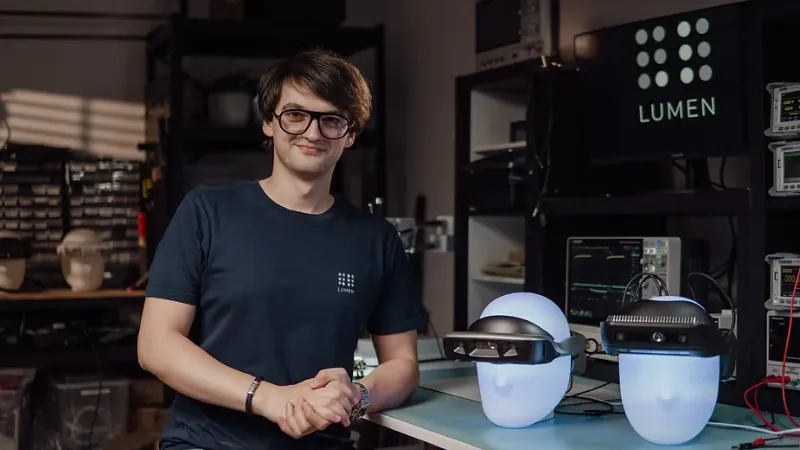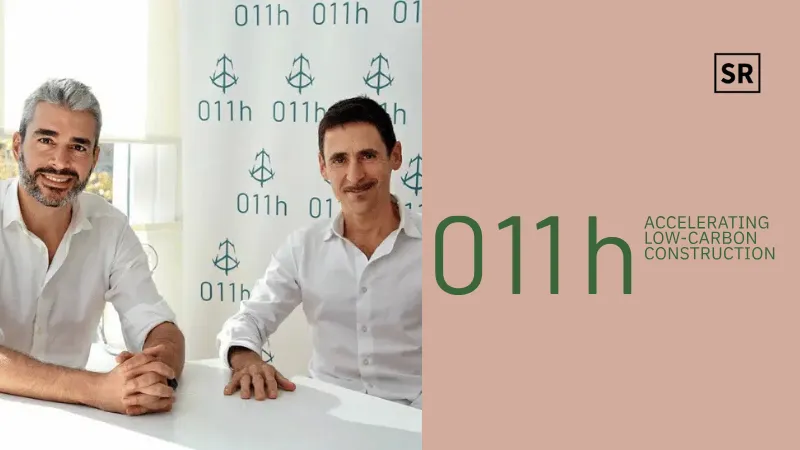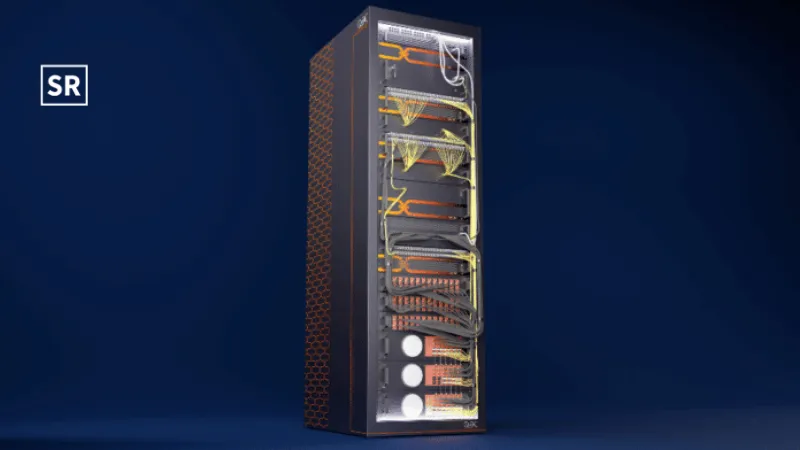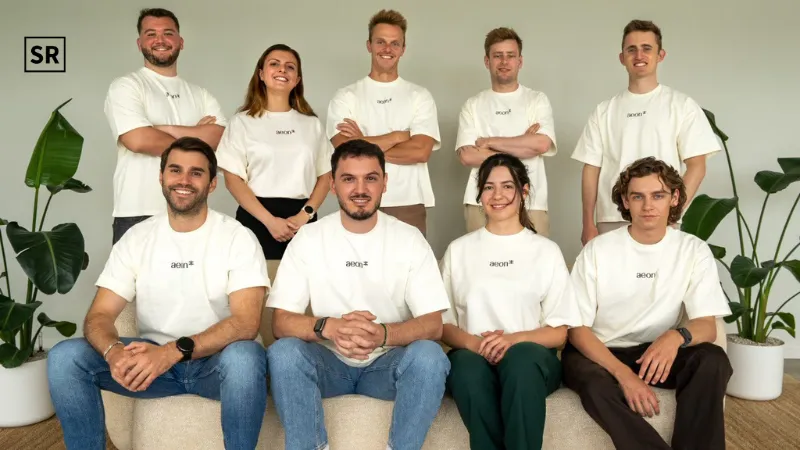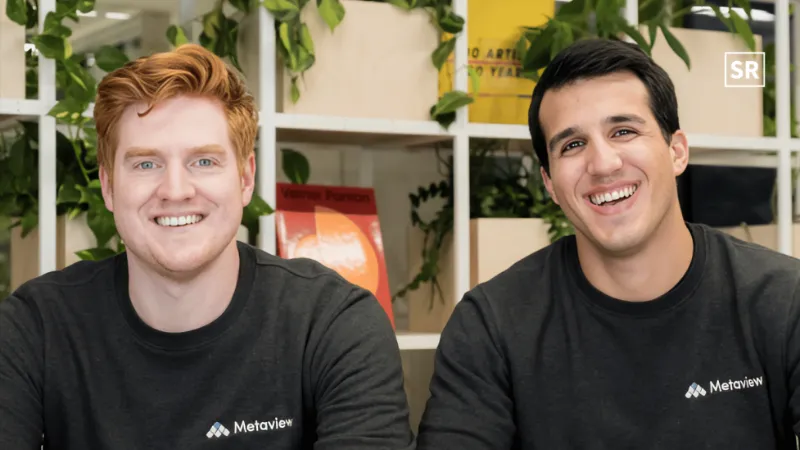[Funding alert] Munich-based Proxima Fusion Secures €20 Million in Seed Funding
Apr 10, 2024 | By Team SR
- Less than one year from its €7.5M pre-seed round, the first Max Planck fusion spin-out has delivered on its vision of simulation-enabled stellarator design.
- New funding supports expansion of the world-class team in Munich and its public-private partnerships in Europe to build on existing momentum.
- Proxima Fusion directly builds on €1.3B of public investment in the ground-breaking W7-X experiment in Germany.
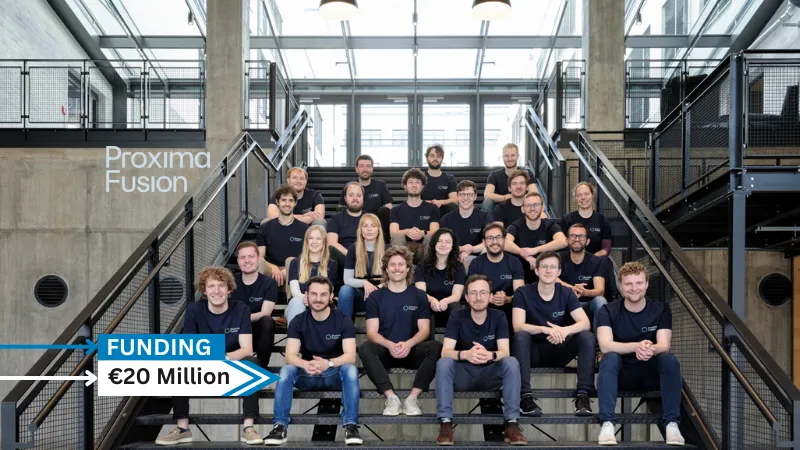
Proxima Fusion, the first spin-out from the Max Planck Institute for Plasma Physics (IPP), has secures €20 million in seed funding to propel the Munich-based start-up towards building the first generation of fusion power plants based on quasi-isodynamic (QI) stellarators with high-temperature superconductors.
Proxima Fusion’s vision is to lead Europe into a new era of clean energy, for good. Proxima Fusion’s seed round, led by redalpine, was preempted and oversubscribed, with participation from the Bavarian government-backed Bayern Kapital, German government-backed DeepTech & Climate Fonds, and the Max Planck Foundation.
Existing investors, including Plural, UVC Partners, High-Tech Gründerfonds, Wilbe, and TOMORROW of Visionaries Club have doubled down on their pre-seed investments.
Read also - Madrid-based TaxDown Secures €5 Million in Funding
RECOMMENDED FOR YOU

Cribdata funding news – Barcelona-based Cribdata Secures €155k in Funding
Team SR
Oct 7, 2024

Maurten funding news – Gothenburg-based Maurten Secures €20 Million in Funding
Team SR
Jul 22, 2024

Ankar Funding News – London-based Startup Ankar Raises £3M In Seed Round
Kailee Rainse
May 29, 2025
QI stellarators hold promise for a carbon-free, safe and effectively limitless source of energy. The science behind this class of magnetic confinement fusion devices has been the subject of research for more than six decades; however, achieving sustained and commercially viable fusion remains a challenge.
In 2022, stellarator optimization results entirely disrupted the field, enabling Proxima Fusion to tackle these challenges with an engineering- and simulation-focused approach, leveraging advanced computing.
The company builds on groundbreaking results from the Wendelstein 7-X (W7-X) experiment, the world's largest stellarator at the Max Planck IPP, resulting from €1.3B of visionary public investment by the German Government and the European Union.
Dr. Francesco Sciortino, Co-Founder and CEO of Proxima Fusion said, “Our first year of operation has exceeded all expectations”, “In April 2023, we hit the ground running on both engineering optimization and high-temperature superconducting magnets. One year later, we are leading Europe into a new phase of stellarator R&D, having made huge progress in integrated design with our StarFinder framework.”
Co-Founder Martin Kubie said, Simulation-driven engineering has been a key feature of Proxima Fusion since its inception. Now, AI-enabled design has taken the center stage. The entire engineering program is being structured to collect training data and enable AI across domains. When we started Proxima Fusion, we saw the opportunity for radical automation of engineering design in QI stellarators”, Over one year, we have gone a long way to enable that vision.”
Harald Nieder, physicist and General Partner at redalpine, stated: “Fusion energy presents both incredible challenges and unprecedented opportunities, and it must be pursued to ensure a clean energy future. I’m incredibly excited to partner with Proxima Fusion’s game-changing team, setting a new standard for European deeptech moonshots.”
Ian Hogarth, Partner at Plural, said: “W7-X is one of the technological wonders of the modern world. Proxima Fusion, originally spinning out from the organization behind it, aims to take the vision of W7-X to industrial level. This is GDP-level impact in the making and the team that will bring fusion to the grid and enable a clean energy future.”
About Proxima Fusion
Spun out from the Max Planck Institute of Plasma Physics in 2023, Proxima Fusion has been accelerating a paradigm shift for clean energy, building on the ground-breaking W7-X experiment in Germany.
The Munich-based start-up is working to develop the world's first quasi-isodynamic stellarator power plant using high-temperature superconducting magnets. Its goal: tapping the universe’s ultimate source of energy to continuously and reliably generate carbon-free power.


 Follow us
Follow us Follow us
Follow us